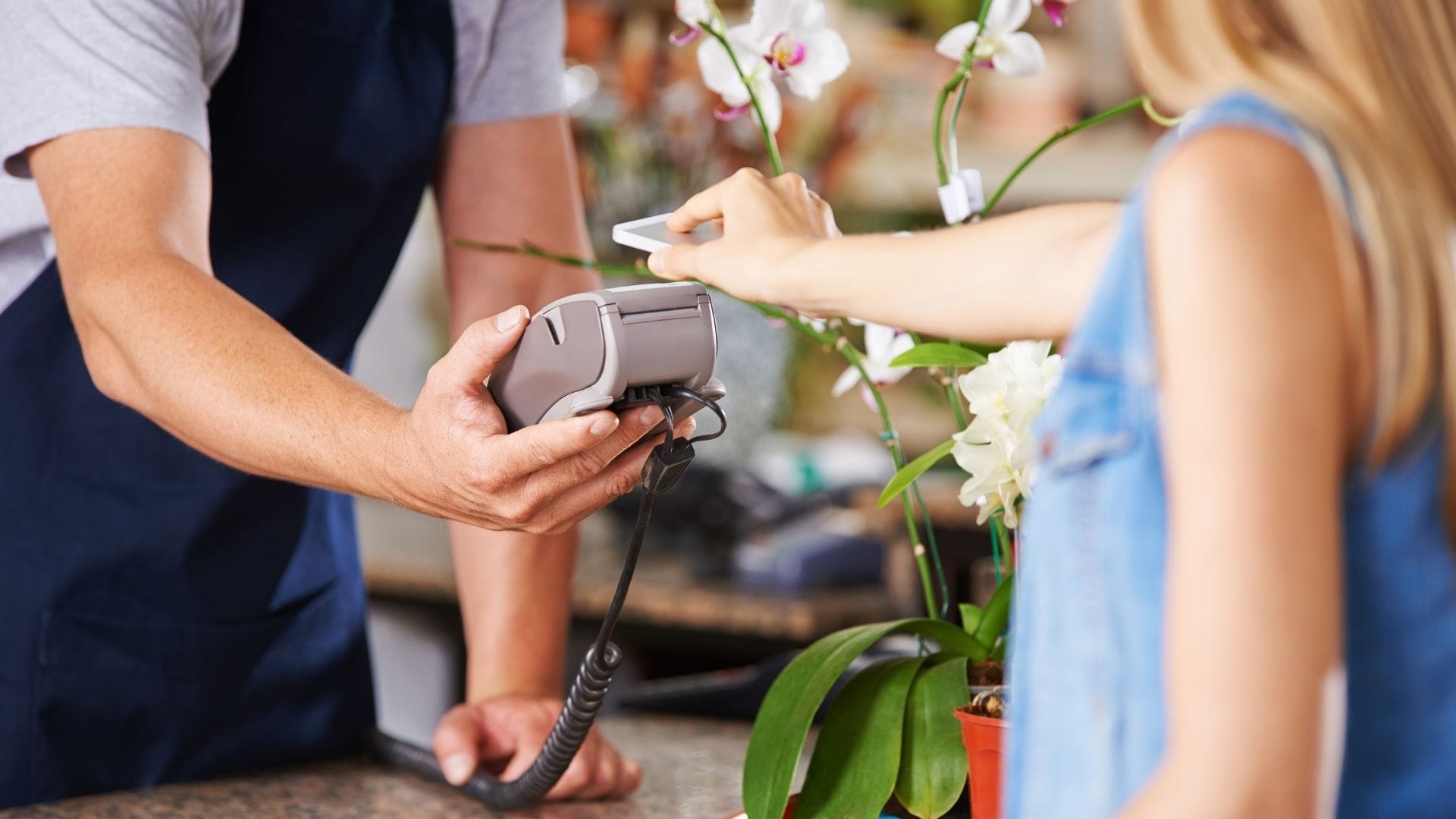
By Andrew Howell, Global Marketing Director, K3
In just twelve months the retail sector has changed beyond recognition. Consumers have balanced shopping requirements with safety, meaning buying behaviours have been reshaped. As a result, online retail spend rose from 20% of all sales in January 2020 to 36% of all sales in November 2020. We also saw a shift towards self-service and contactless options within bricks and mortar stores. For example, contactless payments have increased by 30% since the outbreak of the pandemic.
But the UK is unlocking; non-essential shops have reopened and are trying to capture footfall. To be successful, they need to recognise that payment options are critical to winning back the hearts and wallets of shoppers. Recent K3 research shows that, if the right payment mechanisms are not in place, people will take their custom elsewhere. So how do retailers get payments right?
Payment preferences have changed
The availability of preferred payment methods has become non-negotiable for many shoppers. For example, according to K3 research, one in 10 consumers would avoid a store if they couldn’t make a contactless payment. This is something that retailers need to take seriously if they want to avoid losing a significant chunk of their customer base.
However, this is just the tip of the iceberg when it comes to demand for new payment methods. With more than half of shoppers (51%) avoiding interaction with staff when visiting a store, there is a growing demand for self-service options. In fact, the K3 research found that 2 in 5 people (41%) would like to see more self-service tills introduced and another 16% of shoppers want the introduction of checkout-free stores like Amazon Go.
There is no doubt that COVID-19 has accelerated a trend towards minimal contact experiences and retailers need to take action if they don’t want to see customers walk away. This is especially important because we’re unlikely to see this preference reverse post lockdown. There are factors other than the pandemic driving this shift. Most notably, shoppers are demanding greater convenience and new retail services. Payments are an important facilitating factor for both.
Payments can boost convenience
Convenience is important to shoppers. So much so, that 56% of shoppers admit to using Amazon more during the pandemic because of the convenience factor. However, even before the COVID-19 outbreak, retailers were under pressure to deliver on customer expectations around convenience. The brands that have done this well have thrived; think ASOS and Boohoo with seamless browsing, payment and returns options. Others, including high street stalwarts Topshop and Debenhams, have failed to keep pace.
When it comes to convenience, the in-store experience is currently found lacking. Almost a third (31%) of shoppers state that their top frustration is long queues; an issue that is driving them to shop with competitors. However, this is an issue that can be alleviated with smarter payment technology. For example, the widespread installation of self-service tills or smartphone-based ‘mobile checkout’ services as rolled out by M&S.
This type of mobile service is a key critical area where retailers need to focus if they want to win back and retain customers via increased convenience. Physical stores used to be digital black holes. You could use your phone ahead of visiting a store to create wish lists and fill a digital basket. But once in store all of these digital touch points were rendered irrelevant. However, with new demand for mobile payments, retailers have the opportunity to capture a single. digital view of shopper behavior. This enables them to create bespoke, omnichannel offers that offer convenient and compelling shopper engagement.
Finally, retailers should also be linking these digitised payments to a loyalty scheme. 30% of customers don’t feel enough retailers are offering these schemes which is a huge oversight. Ending the shopper journey at the point of purchase ignores the fact that the majority of retail revenue comes from returning customers. By rewarding purchases and payments through loyalty programmes, retailers can nurture long-term relationships with shoppers.
In addition to boosting convenience and loyalty, payments can also be key to creating more enticing purchasing options for shoppers. For example, online brands such as ASOS have been quick to adopt buy now, pay later technology such as Klarna. This investment was a smart move with over 7 million consumers having used Klarna to date in the UK. The K3 research found that 15% of shoppers want to see more of these buy now, pay later options which should be a wake-up call for retailers, both online and in-store.
Payment technology has become so critical that it can make or break a retailer’s fortunes as we ease out of lockdown. However, this does not mean that retailers should look at payments in silo. Used smartly, payment technology has the potential to enable the convenience and new experiences that will keep customers coming back. But retailers need to act fast, they only have one chance to get their recovery strategy right.


